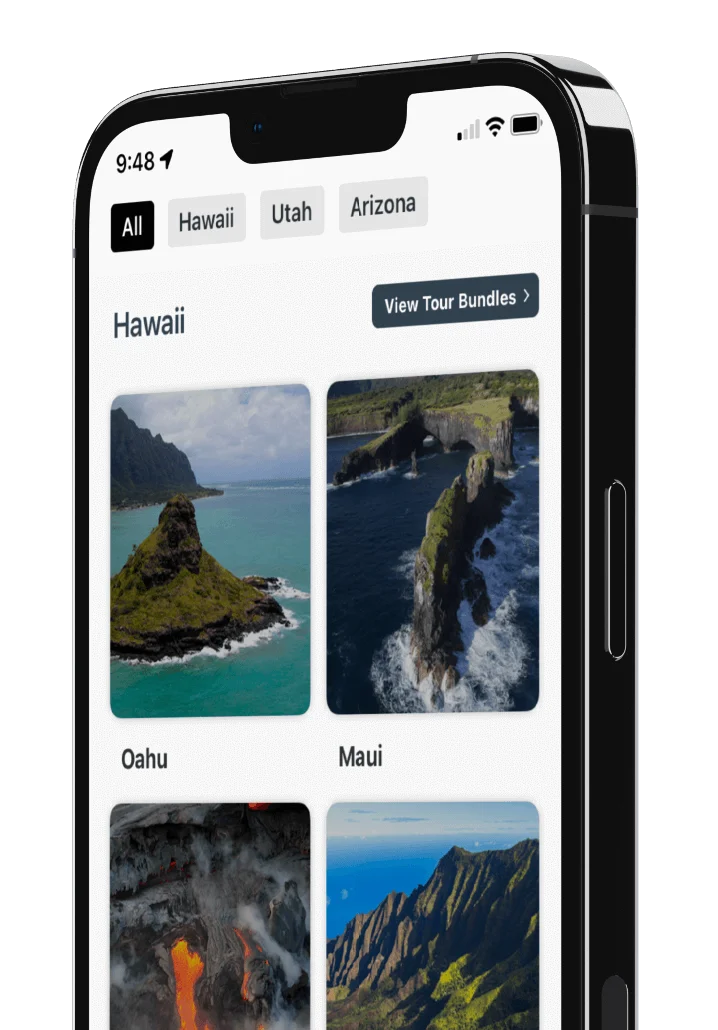
Origin of the Hawaiian Islands - The Hot Spot that Created an Archipelago

So, how exactly did the Hawaiian islands come to be? Well, scientists say the islands were formed from a hotspot deep underneath the earth’s crust. This hotspot, or mantle plume, is an upwelling of molten rock from the earth’s core. Yellowstone National Park has one of these as well, but they’re pretty unusual. Over millions of years, the plume periodically wakes up and spews lava starting from deep in the ocean, and building up layer upon layer, until eventually the Hawaiian islands were formed.
Sure, you probably know there are eight main Hawaiian islands - but the entire Hawaiian archipelago actually consists of 132 islands, seamounts, and shoals stretching over 1,500 miles – and they were all created by a single hotspot! Pretty amazing, huh?
Interestingly, we call Big Island by it’s name, because it’s twice as big as all the other main islands... combined. It has five volcanoes, of which Mauna Kea is the highest of them all, standing at 14,000 feet above sea level.
Want to check out the massive Big Island?
Download our Big Island Tours!

 Buy Gift Card
Buy Gift Card















